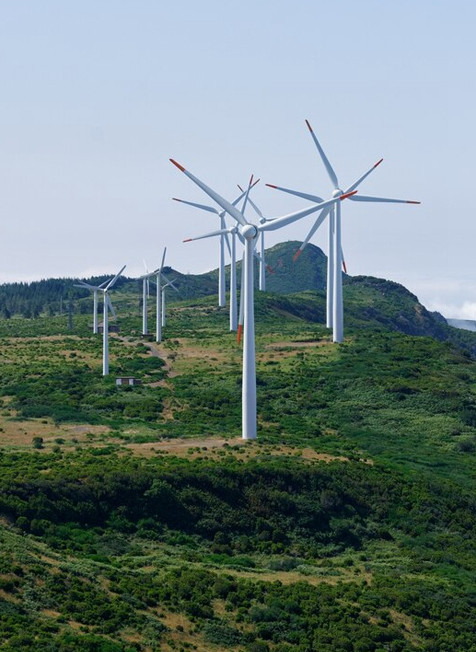Implementing natural gas filters has numerous benefits. Firstly, they enhance system reliability by preventing potential clogging and corrosion of pipelines and equipment, which can lead to costly repairs and downtime. Secondly, by ensuring that only clean gas is used in combustion processes, they improve efficiency and performance. Clean natural gas burns more efficiently, leading to lower fuel consumption and reduced greenhouse gas emissions.








